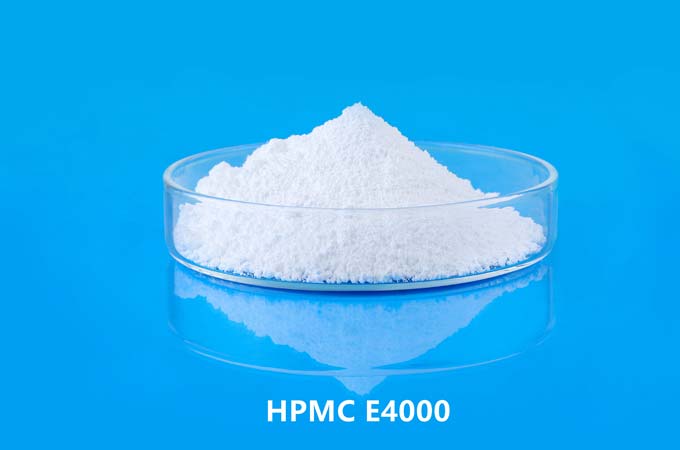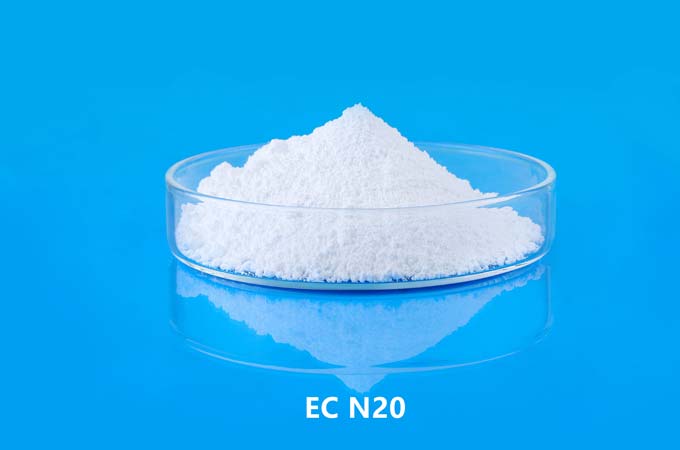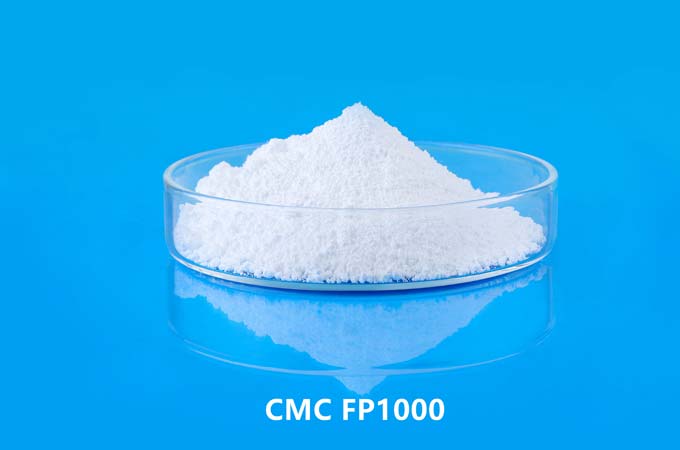Starch ethers are a class of modified starches that have been chemically altered to enhance their functional properties for various industrial applications. These modifications involve the introduction of ether groups onto the starch molecule, typically through reactions with alkyl or hydroxyalkyl compounds. Starch ethers exhibit a wide range of properties and are used in various industries, including food, pharmaceuticals, textiles, paper, and construction. In this extensive discussion, we will explore the functions and properties of starch ethers in detail, covering topics such as their structure, preparation methods, and their diverse applications.
Table of Contents:
Introduction to Starch Ethers
1.1 What is Starch?
1.2 Modification of Starch
1.3 Starch Etherification
Structural Features of Starch Ethers
2.1 Ether Groups
2.2 Degree of Substitution (DS)
Physical Properties of Starch Ethers
3.1 Solubility
3.2 Viscosity
3.3 Gelatinization
3.4 Hygroscopicity
Functional Properties of Starch Ethers
4.1 Thickening and Gelling
4.2 Film Formation
4.3 Adhesive Properties
4.4 Controlled Release
Preparation of Starch Ethers
5.1 Etherification Methods
5.2 Common Alkylating Agents
5.3 Reaction Conditions
Applications of Starch Ethers
6.1 Food Industry
6.2 Pharmaceutical Industry
6.3 Textile Industry
6.4 Paper Industry
6.5 Construction Industry
Advantages and Disadvantages
Conclusion
1. Introduction to Starch Ethers
1.1 What is Starch?
Starch is a polysaccharide that serves as the primary storage form of energy in plants. It is composed of glucose units linked together through α-1,4-glycosidic bonds in linear chains, with occasional α-1,6-glycosidic branches. Starch is commonly found in various plant sources, such as potatoes, corn, rice, and wheat, and it plays a crucial role in human nutrition as a source of dietary carbohydrates.
1.2 Modification of Starch
Starch, in its native form, has limitations in terms of its solubility, viscosity, and other functional properties. To overcome these limitations, starch can be chemically modified through various processes, leading to the development of starch derivatives, one of which is starch ethers.
1.3 Starch Etherification
Starch etherification involves the introduction of ether groups (e.g., alkyl or hydroxyalkyl groups) onto the starch molecule. This modification alters the physical and chemical properties of starch, making it more versatile and suitable for a wide range of industrial applications.

2. Structural Features of Starch Ethers
2.1 Ether Groups
The key structural feature of starch ethers is the presence of ether groups attached to the starch molecule. These ether groups are typically introduced at the hydroxyl (-OH) positions on the glucose units of the starch polymer chain. Commonly used ether groups include methyl (-CH3), ethyl (-C2H5), propyl (-C3H7), and hydroxyethyl (-C2H4OH) groups.
2.2 Degree of Substitution (DS)
The degree of substitution (DS) is a critical parameter that quantifies the extent of starch modification. It represents the average number of ether groups introduced per glucose unit in the starch molecule. A higher DS indicates a more extensively modified starch ether. The DS can be controlled during the synthesis of starch ethers, allowing for precise tailoring of their properties.
3. Physical Properties of Starch Ethers
3.1 Solubility
One of the primary benefits of starch etherification is the improved solubility of starch in water and other polar solvents. Native starch has limited solubility, but starch ethers with appropriate modifications can dissolve readily in water, forming clear solutions. This property is essential for various applications, such as in the food and pharmaceutical industries.
3.2 Viscosity
Starch ethers are known for their ability to significantly increase the viscosity of aqueous solutions. The extent of viscosity enhancement depends on the DS and the type of ether group introduced. This property makes starch ethers valuable as thickeners in a wide range of products, including sauces, soups, and cosmetics.
3.3 Gelatinization
Gelatinization refers to the process in which starch granules swell and absorb water, leading to the formation of a gel-like structure when heated. Starch ethers exhibit improved gelatinization properties compared to native starch, making them suitable for use in products like puddings, pie fillings, and confectioneries.
3.4 Hygroscopicity
Starch ethers have increased hygroscopicity compared to native starch. This property is essential in applications where moisture retention is critical, such as in the production of moisture-resistant coatings for paper and textiles.
4. Functional Properties of Starch Ethers
4.1 Thickening and Gelling
One of the most significant functions of starch ethers is their ability to thicken and gel aqueous solutions. They are widely used in the food industry to enhance the texture and consistency of various products, including gravies, salad dressings, and bakery items. The gel formation can also be controlled by adjusting the DS and the type of ether group, allowing for a wide range of textures to be achieved.
4.2 Film Formation
Starch ethers can be used to form thin, flexible films when dissolved in water. These films have applications in food packaging, where they can be used as edible coatings to extend the shelf life of fruits and vegetables. They can also be used in the pharmaceutical industry for drug delivery systems.
4.3 Adhesive Properties
Starch ethers are used as binders and adhesives in a variety of industries. They are employed in the production of adhesives for paper products, such as corrugated cardboard and envelopes. In the construction industry, starch ethers are used as additives in plaster, mortar, and tile adhesives to improve workability and adhesion.
4.4 Controlled Release
In the pharmaceutical industry, starch ethers are utilized in controlled-release drug formulations. The controlled release of active pharmaceutical ingredients (APIs) from starch ether-based matrices allows for extended drug delivery, improving patient compliance and reducing side effects.
5. Preparation of Starch Ethers
5.1 Etherification Methods
Starch ethers can be prepared using various etherification methods, including:
Etherification with alkyl halides: Starch is reacted with alkyl halides (e.g., methyl chloride, ethyl chloride) in the presence of a base to form ether linkages.
Etherification with epoxides: Epoxides (e.g., ethylene oxide) can be used to introduce hydroxyalkyl groups onto starch molecules.
Etherification with alkylene carbonates: Alkylene carbonates (e.g., propylene carbonate) can be employed to modify starch by reacting with its hydroxyl groups.
5.2 Common Alkylating Agents
Common alkylating agents used in starch etherification include methyl chloride, ethyl chloride, and propyl chloride for alkyl groups, and ethylene oxide and propylene oxide for hydroxyalkyl groups. The choice of alkylating agent influences the type of ether group introduced and the properties of the resulting starch ether.
5.3 Reaction Conditions
The reaction conditions, such as temperature, reaction time, and pH, are carefully controlled during starch ether synthesis to achieve the desired DS and functional properties. Proper reaction conditions are essential to avoid over-etherification, which can lead to undesirable properties.
6. Applications of Starch Ethers
6.1 Food Industry
Starch ethers find widespread use in the food industry due to their thickening, gelling, and stabilizing properties. They are used in products such as:
Sauces and gravies: Starch ethers enhance the texture and viscosity of sauces and gravies, improving their mouthfeel and appearance.
Bakery products: They are used in bread, cakes, and pastries to improve dough handling and texture.
Dairy products: Starch ethers are employed in yogurt and ice cream to prevent syneresis (the separation of liquid from the product) and improve creaminess.
6.2 Pharmaceutical Industry
In the pharmaceutical industry, starch ethers play a crucial role in drug formulation and delivery systems. Applications include:
Controlled-release tablets: Starch ethers are used to create matrices that control the release of drugs over an extended period.
Oral disintegrating tablets: They are used to improve the disintegration and dissolution of tablets in the mouth for rapid drug absorption.
Topical creams and ointments: Starch ethers are used as thickening agents in topical formulations.
6.3 Textile Industry
In the textile industry, starch ethers are utilized for:
Textile sizing: They are applied to warp yarns to improve their strength and abrasion resistance during weaving.
Textile printing: Starch ethers are used as thickeners in dye and pigment printing pastes.
6.4 Paper Industry
In the paper industry, starch ethers are employed for:
Surface sizing: They are used to improve the surface properties of paper, such as smoothness and printability.
Paper coatings: Starch ethers are used as binders in coating formulations for glossy paper.
6.5 Construction Industry
In the construction industry, starch ethers are added to construction materials like:
Mortar and plaster: They improve the workability and adhesion properties of these materials.
Tile adhesives: Starch ethers enhance the adhesive properties of tile adhesives used in the installation of ceramic tiles.
7. Advantages and Disadvantages
7.1 Advantages of Starch Ethers:
Wide range of applications in various industries.
Environmentally friendly and biodegradable.
Improved solubility and viscosity.
Controlled release properties in pharmaceuticals.
Enhancement of texture and stability in food products.
Versatile thickening and gelling agent.
7.2 Disadvantages of Starch Ethers:
Costlier than native starch.
Limited stability at high temperatures and low pH.
The degree of substitution can affect properties and may require optimization for specific applications.

8. Conclusion
Starch ethers are valuable modified starch derivatives with a wide range of applications across several industries. Their ability to improve solubility, viscosity, gelatinization, and adhesion properties makes them essential ingredients in food products, pharmaceutical formulations, textiles, paper coatings, and construction materials. With their environmentally friendly and biodegradable nature, starch ethers are likely to continue playing a significant role in various industries, contributing to the development of innovative and sustainable products in the future.
 English
English 日本語
日本語 français
français Deutsch
Deutsch Español
Español italiano
italiano русский
русский português
português العربية
العربية Türkçe
Türkçe Nederland
Nederland





